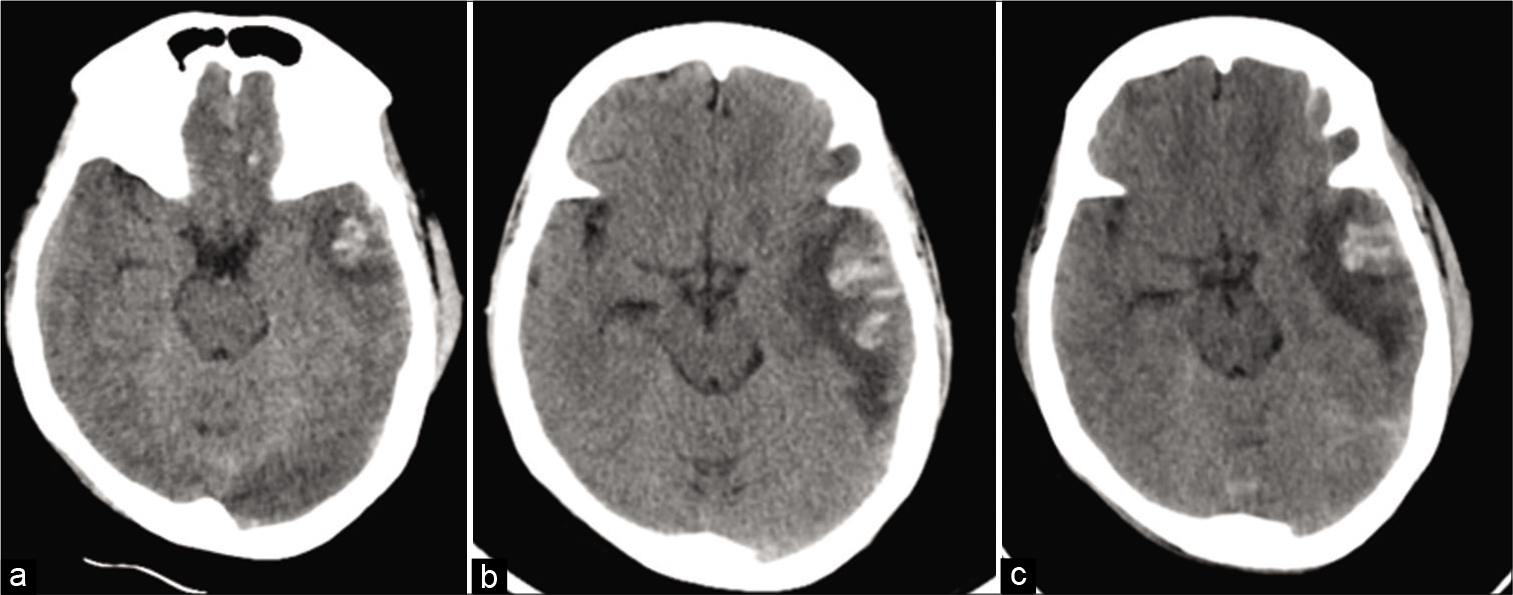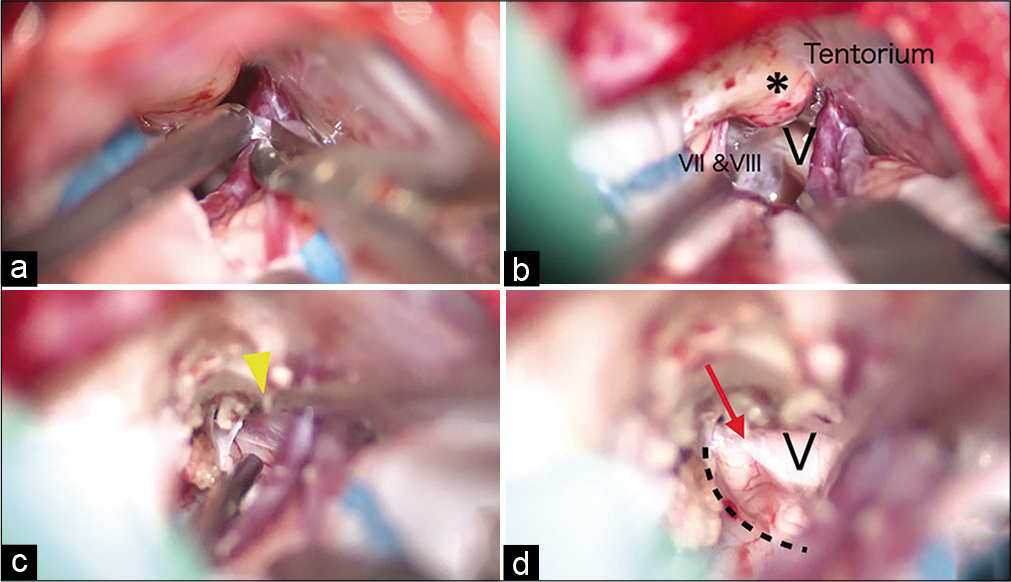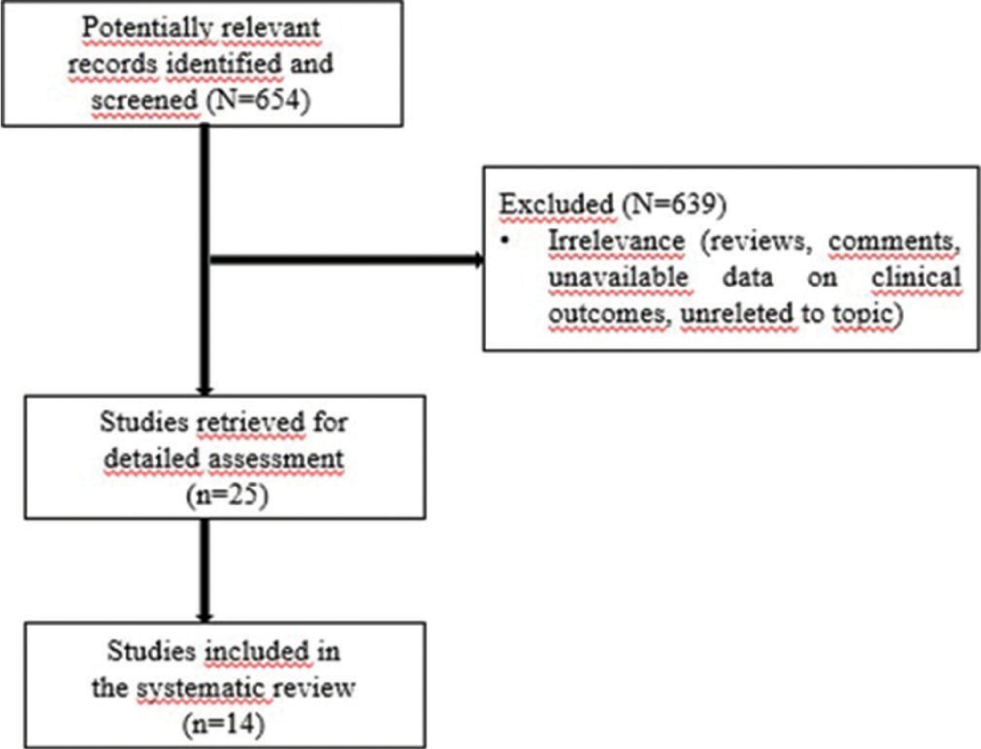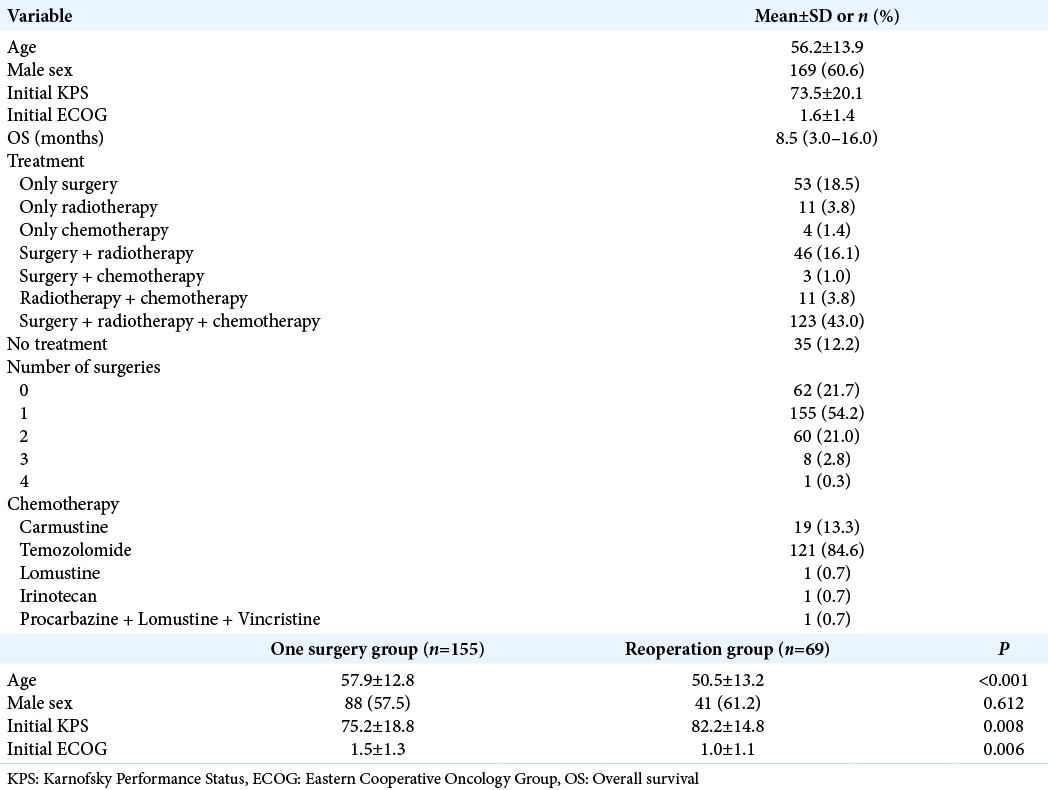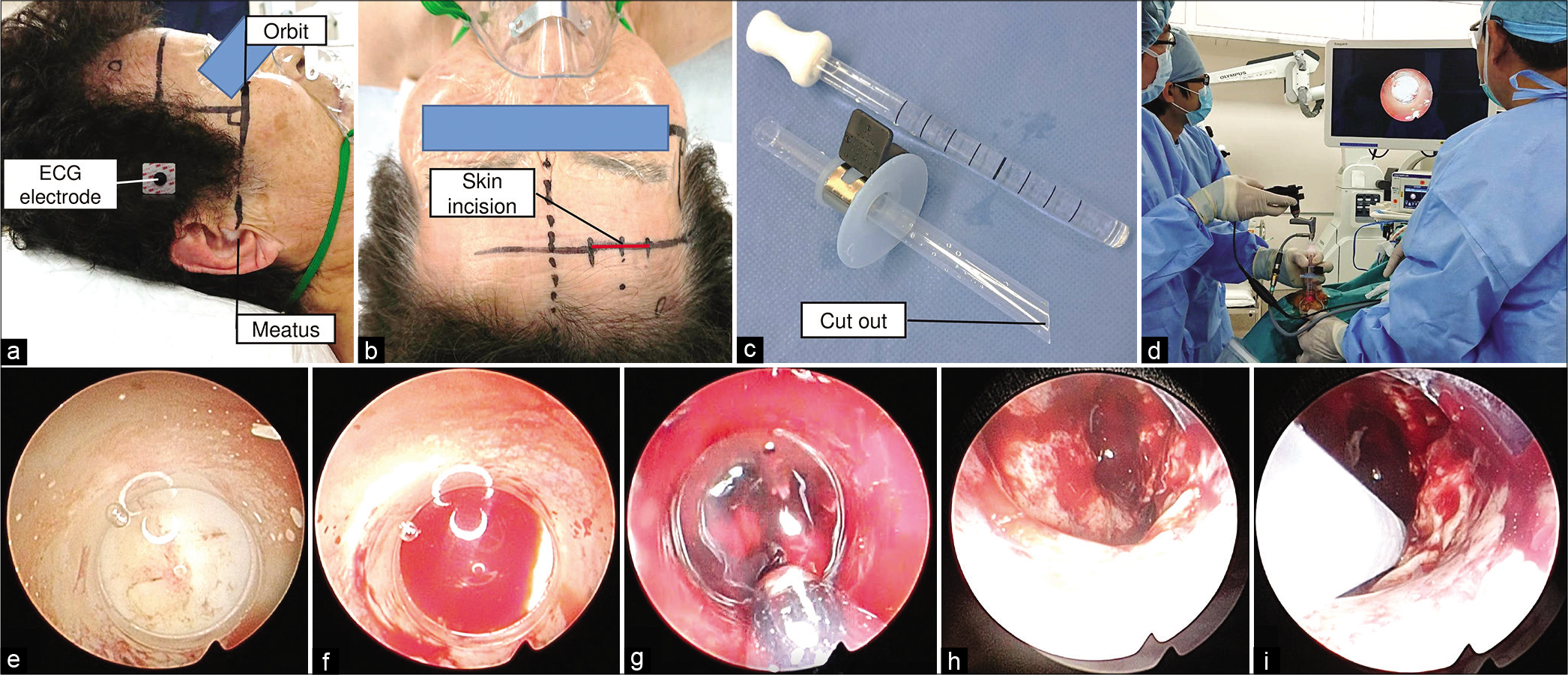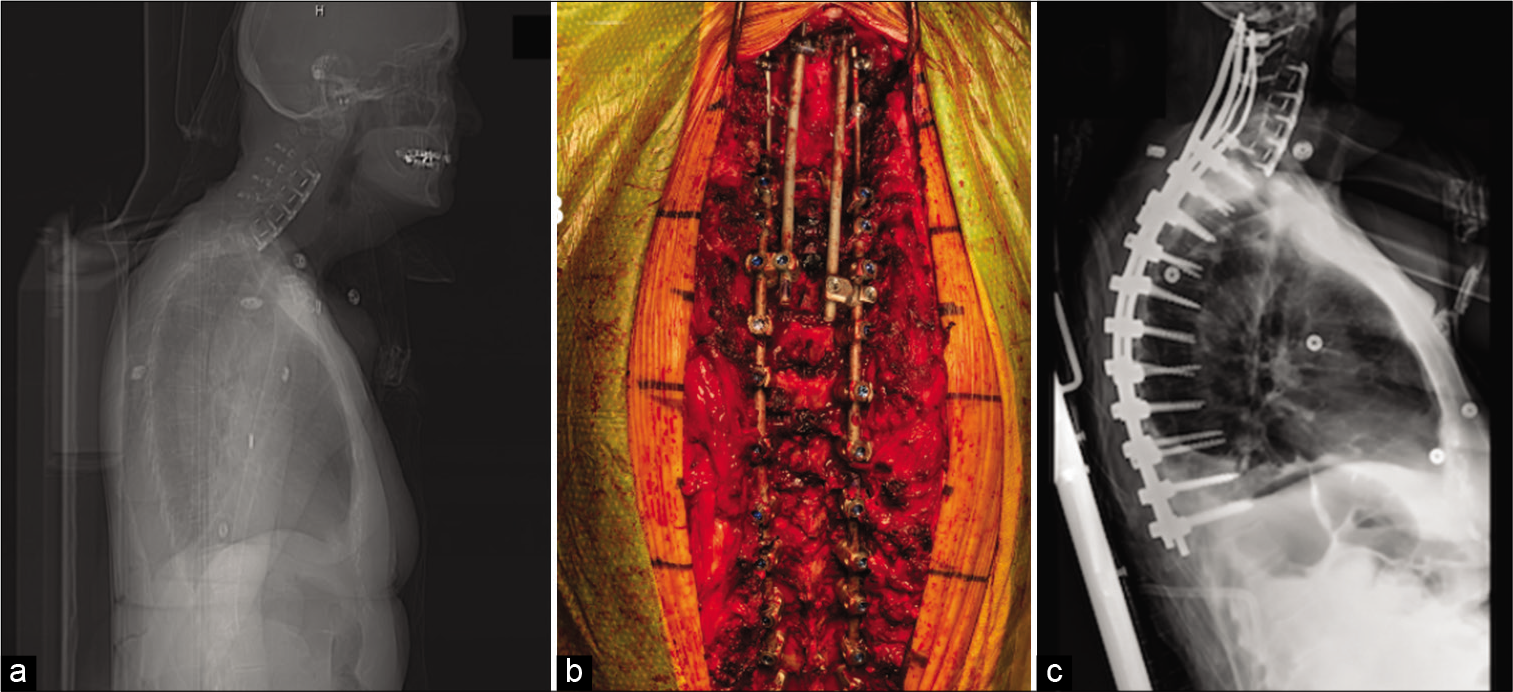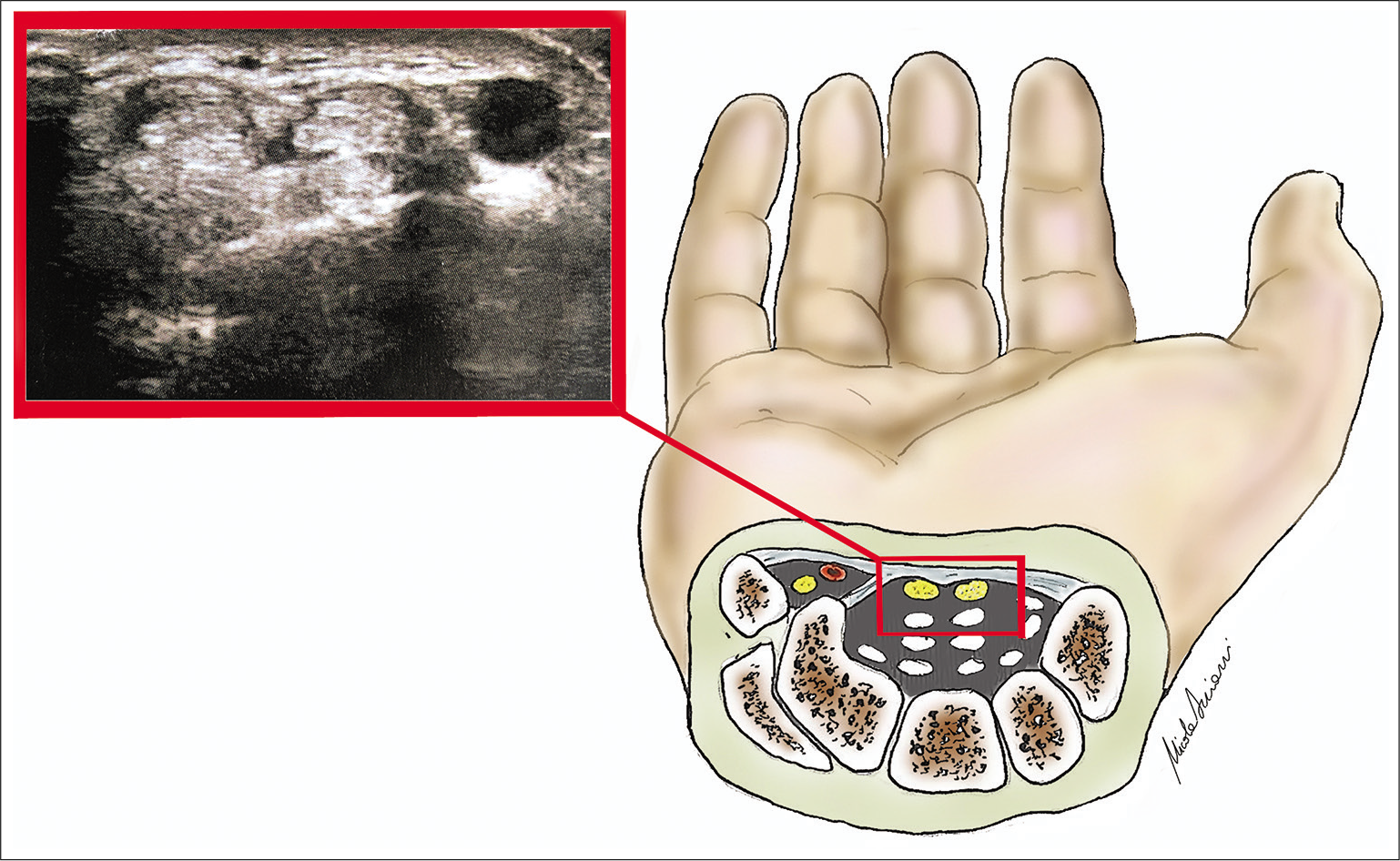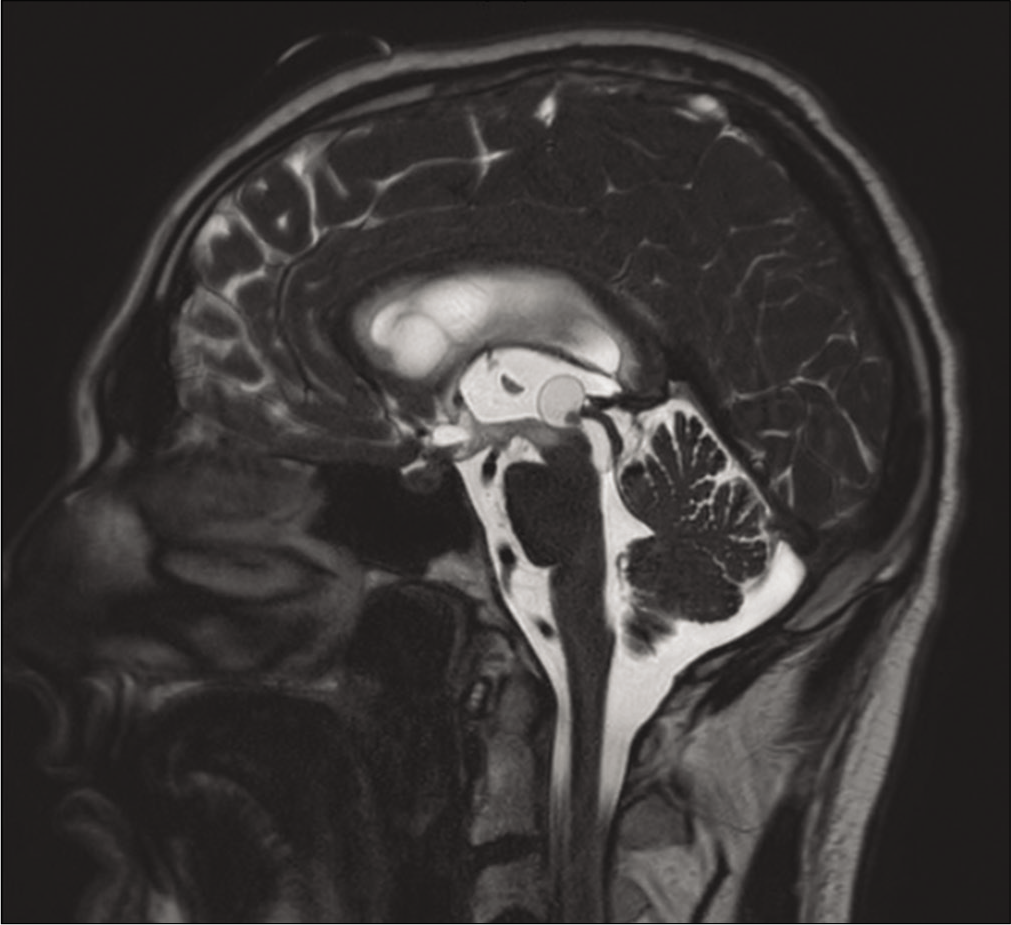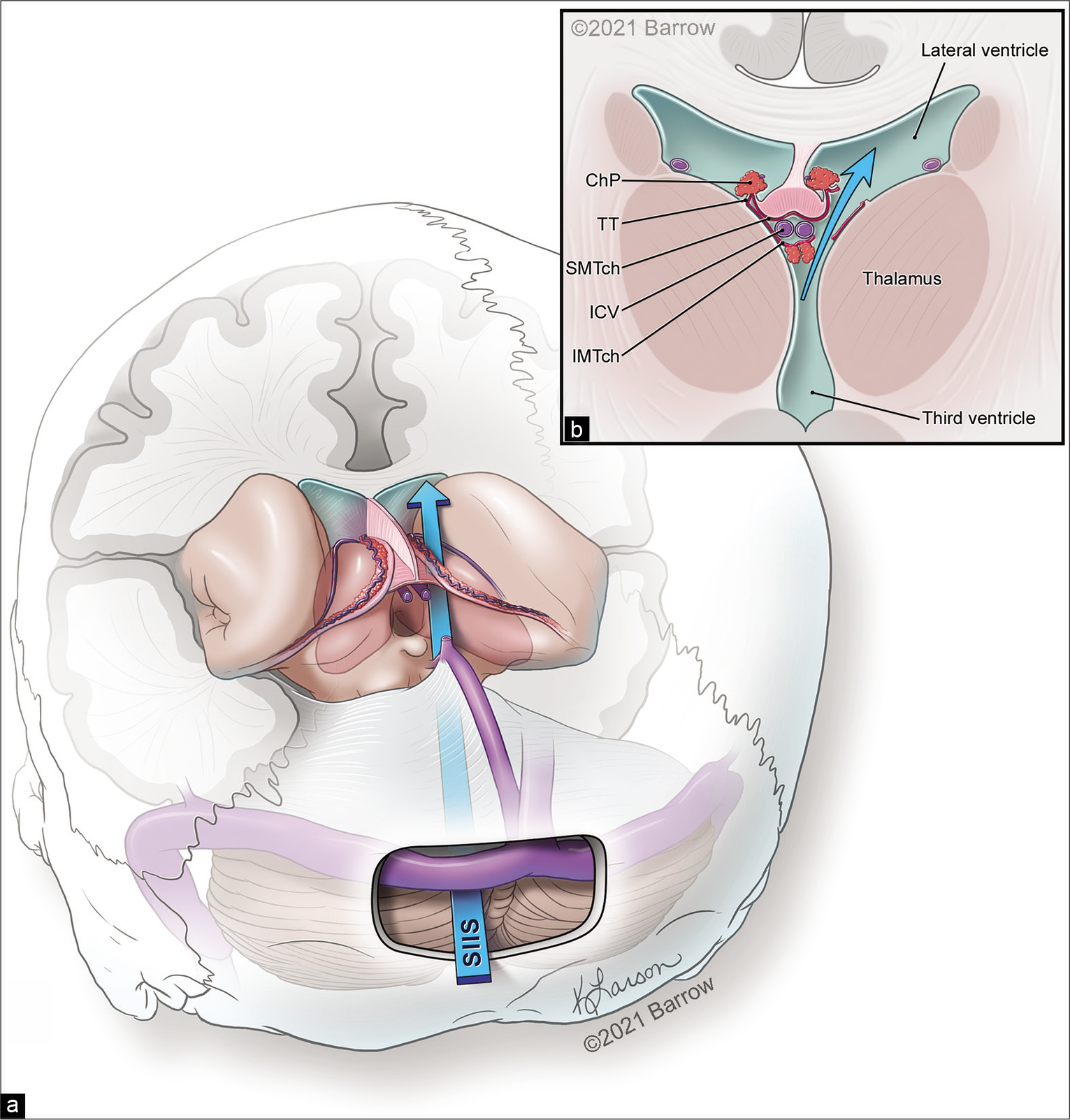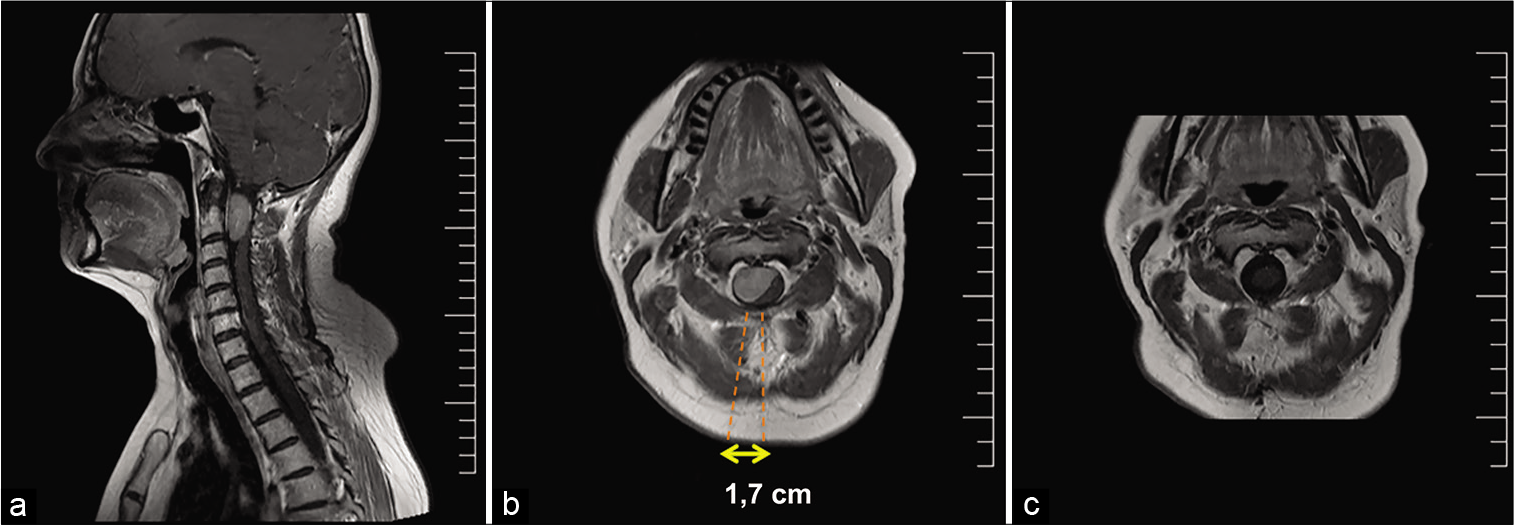Steroids for delayed cerebral edema after traumatic brain injury
Date of publication: 10-Feb-2021
Background: Brain edema is a common phenomenon after traumatic brain injury (TBI) resulting in increased intracranial pressure and subsequent neurological deterioration. Experimental studies have proven that brain edema is biphasic (cytotoxic followed by vasogenic). Till date, all studies, including the corticosteroid randomization after significant head injury (HI) trial, have used high-dose steroids in the acute period during which the edema is essentially cytotoxic in nature. No clinical data exist pertaining to delayed cerebral edema (vasogenic) and steroids.
Trigeminal neuralgia caused by an arachnoid cyst in Meckel’s cave: A case report and literature review
Date of publication: 10-Feb-2021
Background: We present a rare case of trigeminal neuralgia (TN) caused by an arachnoid cyst (AC) in Meckel’s cave (MC).
Review of laminoplasty versus laminectomy in the surgical management of cervical spondylotic myelopathy
Date of publication: 03-Feb-2021
Background: We reviewed the literature comparing the indications/efficacy of laminectomy (LA) with or without fusion versus laminoplasty (LP) in the treatment of cervical spondylotic myelopathy (CSM).
Reoperation for recurrent glioblastomas: What to expect?
Date of publication: 03-Feb-2021
Background: The current standard treatment for glioblastoma (GBM) is maximal safe surgical resection followed by radiation and chemotherapy. Unfortunately, the disease will invariably recur even with the best treatment. Although the literature suggests some advantages in reoperating patients harboring GBM, controversy remains. Here, we asked whether reoperation is an efficacious treatment strategy for GBM, and under which circumstances, it confers a better prognosis.
Where to make burr hole for endoscopic hematoma removal against intracerebral hemorrhage at the basal ganglia to increase the hematoma removal rate – Comparison between trans-forehead and along-the-long-axis approaches
Date of publication: 03-Feb-2021
Background: Endoscopic hematoma removal is performed to treat intracerebral hemorrhage (ICH) at the basal ganglia. In our hospital, young neurosurgical trainees perform it for the only 1st to the 3rd time. We perform a “trans-forehead approach” and hypothesized that our technique would contribute to higher hematoma removal rate and easiness despite their inexperience. We compared our dataset with an open dataset with along-the-long-axis approaches using pre- and intraoperative neuronavigation by well-trained neurosurgeons and tested the utility of our trans-forehead approach.
C2 quad-screws facilitate 4-rod fixation across the cervico-thoracic junction
Date of publication: 03-Feb-2021
Background: Cervical spine deformity is a potentially devitalizing problem. Contemporary techniques for repair and reconstruction include fusion using rods of tapered diameter alone, or quadruple-rod constructs in which primary rods are joined to floating accessory rods by connectors. Here, we present how we utilized a quadruple-rod construct to perform five C2 to thoracic spine fusions.
Carpal tunnel syndrome caused by the entrapment of a bifid Lanz IIIA Type anatomical variant of median nerve: A case report and systematic literature review
Date of publication: 03-Feb-2021
Background: Carpal tunnel syndrome (CTS) is the most common entrapment peripheral neuropathy. Median nerve may present several anatomical variations such as a high division or bifid median nerve (BMN). A thorough knowledge of the normal anatomy and variations of the median nerve at the wrist are fundamental to reduce complications during carpal tunnel release.
Endoscopic removal of intraventricular neurocystercercosis
Date of publication: 03-Feb-2021
Supracerebellar infratentorial inverted subchoroidal approach to lateral ventricle lesions: Anatomical study and illustrative case
Date of publication: 03-Feb-2021
Background: This study provides an anatomical description of a novel supracerebellar infratentorial inverted subchoroidal (SIIS) approach to the lateral ventricle. An illustrative case is presented in which this approach was used to simultaneously resect two tumors residing in the posterior fossa and lateral ventricle.
Abordaje mínimamente invasivo para el tratamiento de tumores espinales intradurales extramedulares: Nota Técnica
Date of publication: 03-Feb-2021
Objetivo: Describir la técnica de abordaje mínimamente invasiva para el tratamiento de tumores intradurales extramedulares en los diferentes segmentos espinales.


